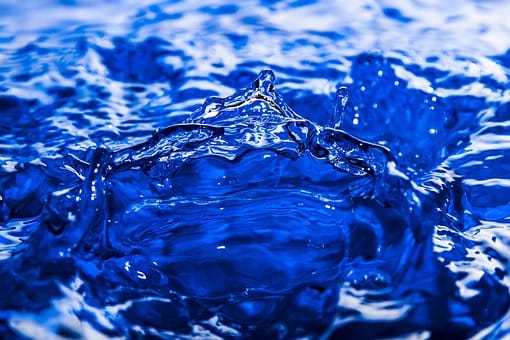With the current and predicted future global water shortages, many are looking for innovative means of providing sufficient drinking water for the burgeoning global population, and one of these innovations is the condensing of water vapour from fresh air.
Ambient air contains humidity, water vapour which is measured as relative humidity. Vaporised water is a gas, which means that it physically exists in air as other gases with respect to temperature and partial pressure.
The amount of water vapour in the air on any given day depends on the location, season and time of day; on a hot, humid day water vapour could comprise as much as 6% of the air and on a cold day it could be as little as 0.07%. Air can reach approximately 100% relative humidity during continuous rainfall, in fog and in the early morning.
Relative humidity is the ratio of the partial pressure of water vapour at a given temperature to the equilibrium vapour pressure at that temperature. A higher percentage means that the air-water mixture is more humid, which affects the body’s ability to evaporate perspiration; this is why when it is very humid, the air seems sticky and we feel warmer.
The dew point is the temperature at which water will theoretically condense from the air at saturation. Morning dew forms from water that has condensed onto surfaces because the air temperature has dropped to the point where it is approaching saturation and cooler surfaces such as leaves provide condensation sites. Around 20% of the earth is desert, and in these areas temperatures can reach 50ºC during the day and drop to below freezing at night.
This is what led to the invention of portable and fixed devices that can extract water from air in remote, dry locations – ostensibly to be utilised in disasters, war zones and deserts, but of late they have been touted as a possible answer to the major global water shortage.
There are currently numerous systems for extracting water from air; some are small-scale and produce a mere few litres of water per day while others are large enough to produce thousands of gallons per day. Research is ongoing, but by all accounts getting water from air looks to be a good option, especially for some countries.
Get plumbed in water cooler and bottled water dispensers from Living-Water.






